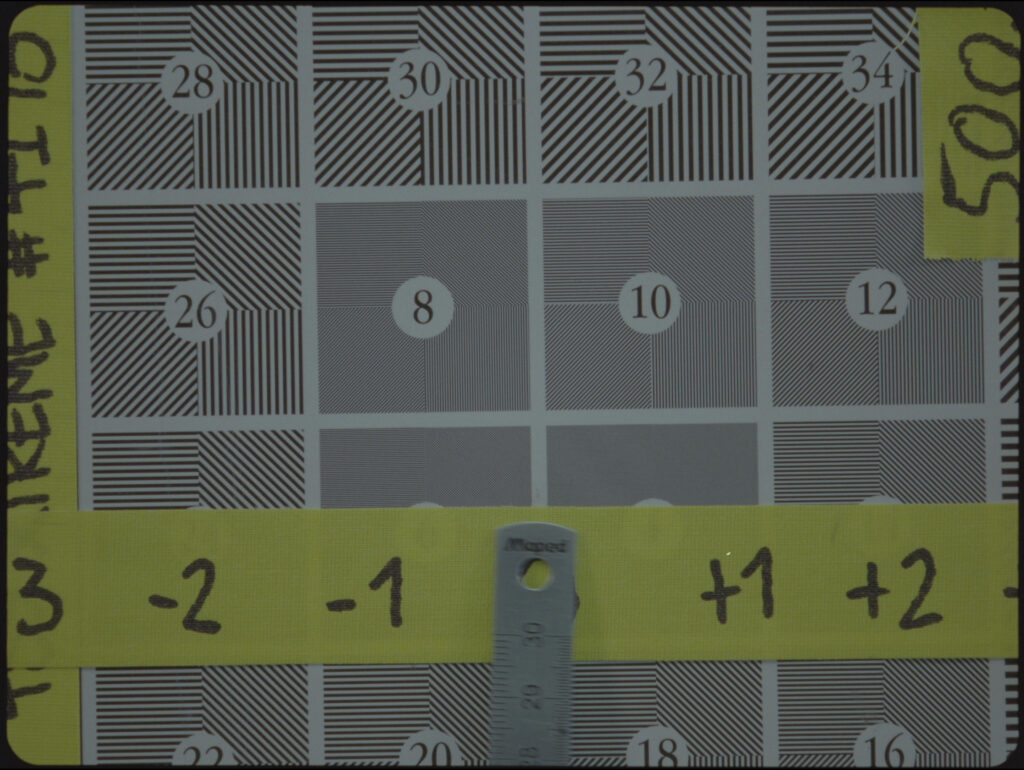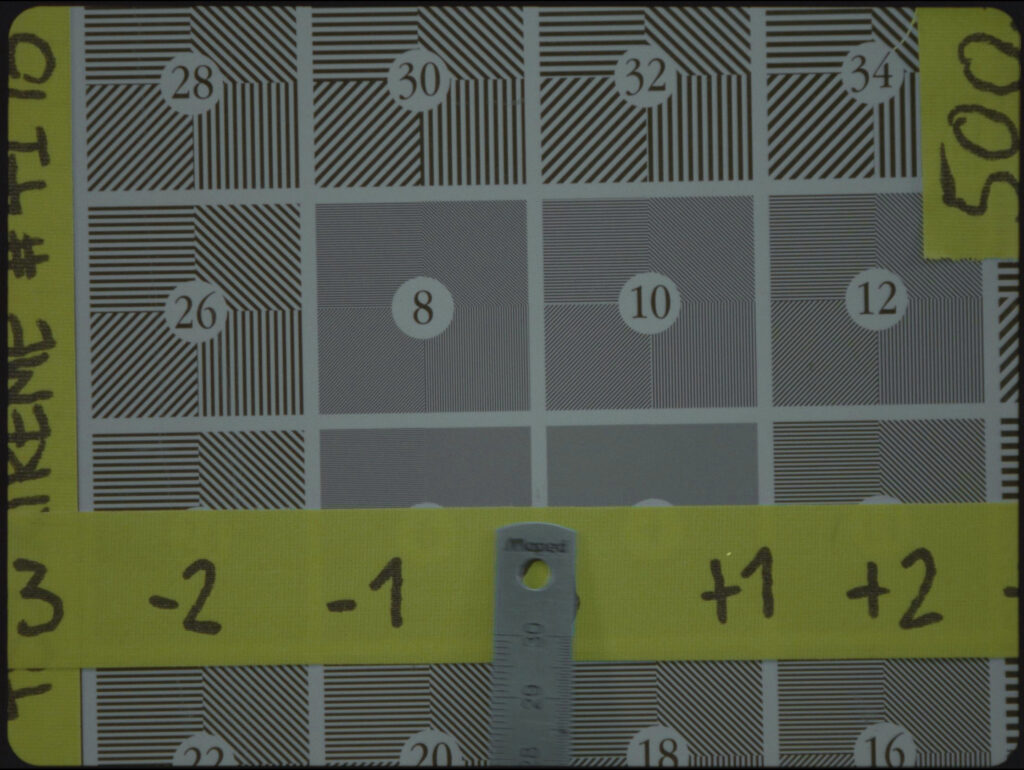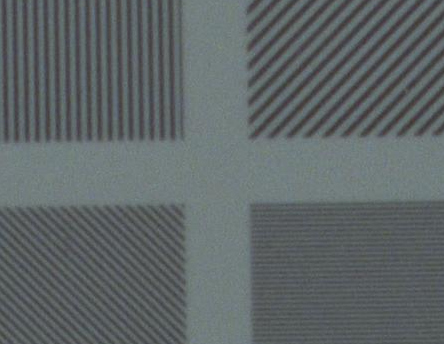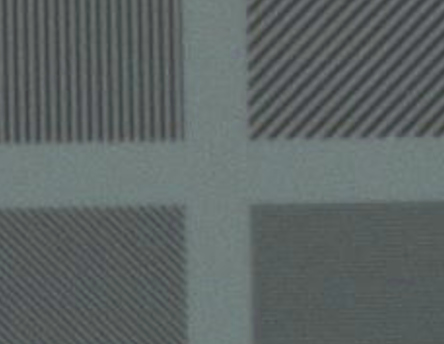Adapt to the end use
The choice of resolution generally depends on the output format (broadcast, color grading, archiving, etc.). However, it is generally recommended to scan a higher resolution than that of the final master.
For example : a film intended for broadcast in 2K or FullHD will always benefit from a 4K scan, which will ensure greater finesse during post-production stages such as special effects or color grading.
Film grain vs digital sensor
It is important to undestand that a digital sensor is structured in regularly spaced pixels. On the other side, film grain is irregular and organic, making it difficult to achieve an exact match between the two.
The higher the scan resolution, the better it is at reproducing these fine, complex structures without distorting or smoothing them. This is particularly true for fine-grain films (Kodak Vision3, for example).
This does not mean that a grainy film will necessarily gain sharpness in 6.5K, but it will preserve the original texture, an essential element of film aesthetics.
Upscaling vs Downscaling
Displaying a 2K file on a 4K screen is equivalent to digitally expanding it : the system must invent the missing pixels, which can degrade the image.
On the contrary, scanning directly in 4K and then reducing the image for display (downscaling) ensures greater sharpness, fewer artefacts and better control over the final result.
200% zoom





